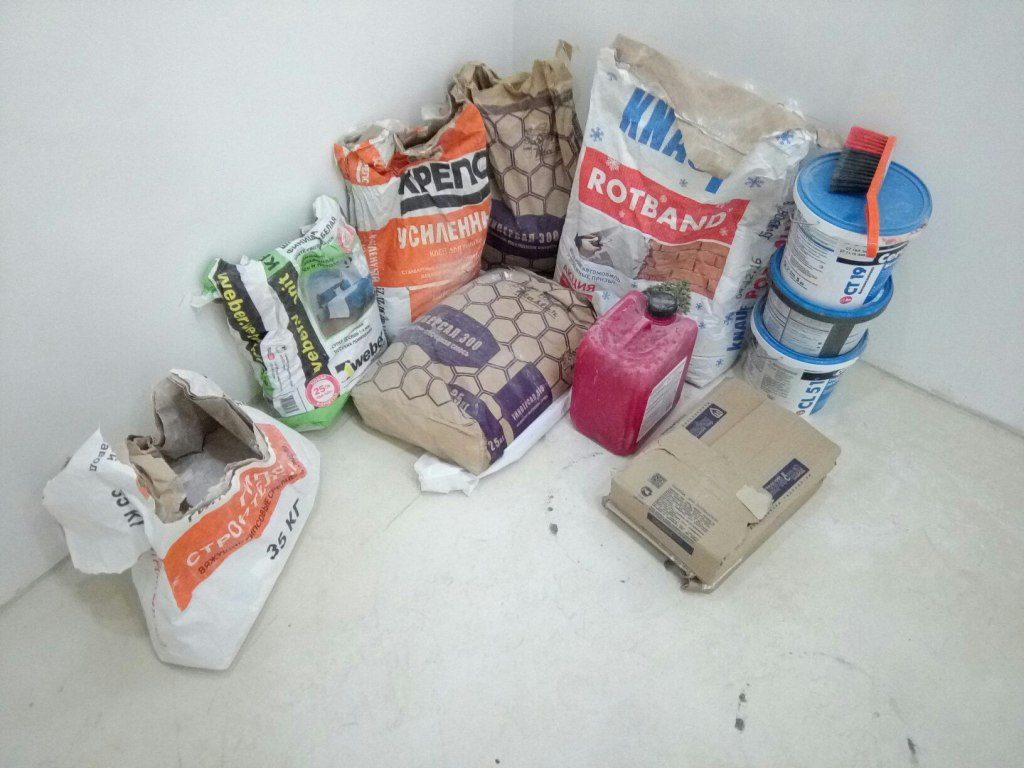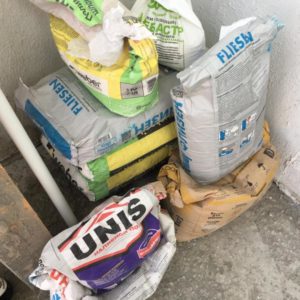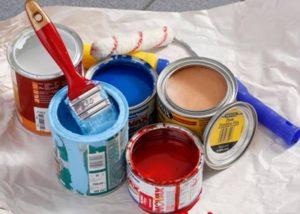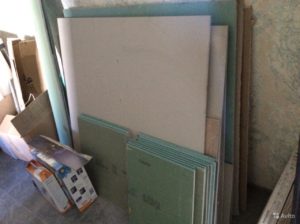How to properly store leftover building materials after renovation
Often, after renovation or construction of buildings, people are left with consumables that were not used during the work. Of course, if a small part remains, you can throw them away or dispose of them in a special way, depending on the type of mixtures. But if after completion you have a large amount of raw materials left, you should think about storing it properly for future use. There are various compositions and mixtures that differ in the main components, consistency, shape and method of packaging. Depending on this, the way they are stored will differ significantly.

The content of the article
Features of storing dry mixture residues
 First, it’s worth understanding the dry options for mixtures. If you have whole unopened bags or buckets left, you can put them in one place where there is no dampness or direct access to moisture. It is also recommended to place the packaging in a plastic bag for additional protection (it is advisable to completely cover the bag using several layers).
First, it’s worth understanding the dry options for mixtures. If you have whole unopened bags or buckets left, you can put them in one place where there is no dampness or direct access to moisture. It is also recommended to place the packaging in a plastic bag for additional protection (it is advisable to completely cover the bag using several layers).
If the package is opened, it is better to refuse further use of raw materials, since with each month of storage in such conditions the mixture will lose up to 15% of its original properties.In this case, it can turn into a simple powder, which does not have the necessary properties for repair work.
Important! To preserve building materials, you should use a separate building or room with the ability to constantly maintain the necessary environmental conditions: humidity, temperature, ventilation.
Liquid materials for repairs: what to do with their remains?
 Unlike dry components, liquid mixtures have different characteristics and require certain storage conditions. The liquid form can easily freeze, evaporate and, as a result, lose its properties. Therefore, it is necessary to take these indicators into account when choosing a location for a warehouse. For convenience, you can use the following rules:
Unlike dry components, liquid mixtures have different characteristics and require certain storage conditions. The liquid form can easily freeze, evaporate and, as a result, lose its properties. Therefore, it is necessary to take these indicators into account when choosing a location for a warehouse. For convenience, you can use the following rules:
- Monitor the temperature in the room where the raw materials are stored. It is especially important to take into account the indicator in winter; it should not fall below 20 degrees. Therefore, it is worth considering a heating system for the storage facility.
- Do not expose raw materials to direct sunlight, this can lead to evaporation and loss of chemical properties, which will cause deterioration in quality.
- In the case of open varnishes and paints, it is worth pouring them into dark-colored plastic bottles and tightly closing the lids.
- Maintain the integrity of the packaging to prevent leakage and deterioration of quality.
Important! Don't forget to look at the expiration date of the material. If it has already expired, storage does not make sense, so you should buy new materials for the next stage of work.
How to properly store leftover solid building materials?
 Types of raw materials in solid form are less susceptible to various adverse environmental factors.However, to preserve them, it is also necessary to comply with various requirements and provide favorable conditions. Use the following principles for packing and disposing of solid materials:
Types of raw materials in solid form are less susceptible to various adverse environmental factors.However, to preserve them, it is also necessary to comply with various requirements and provide favorable conditions. Use the following principles for packing and disposing of solid materials:
- To store wooden products, it is necessary to maintain temperature conditions and prevent water from entering and increasing humidity in the room. Also, if the boards are long, they should be placed in a horizontal position, with support points evenly distributed.
- Metal products should also be protected from water and various corrosive factors.
Various insulation materials must have a factory film, and if it is missing, you should wrap the material yourself to prevent moisture from entering and interacting with air. Open the insulation only before use.





